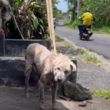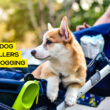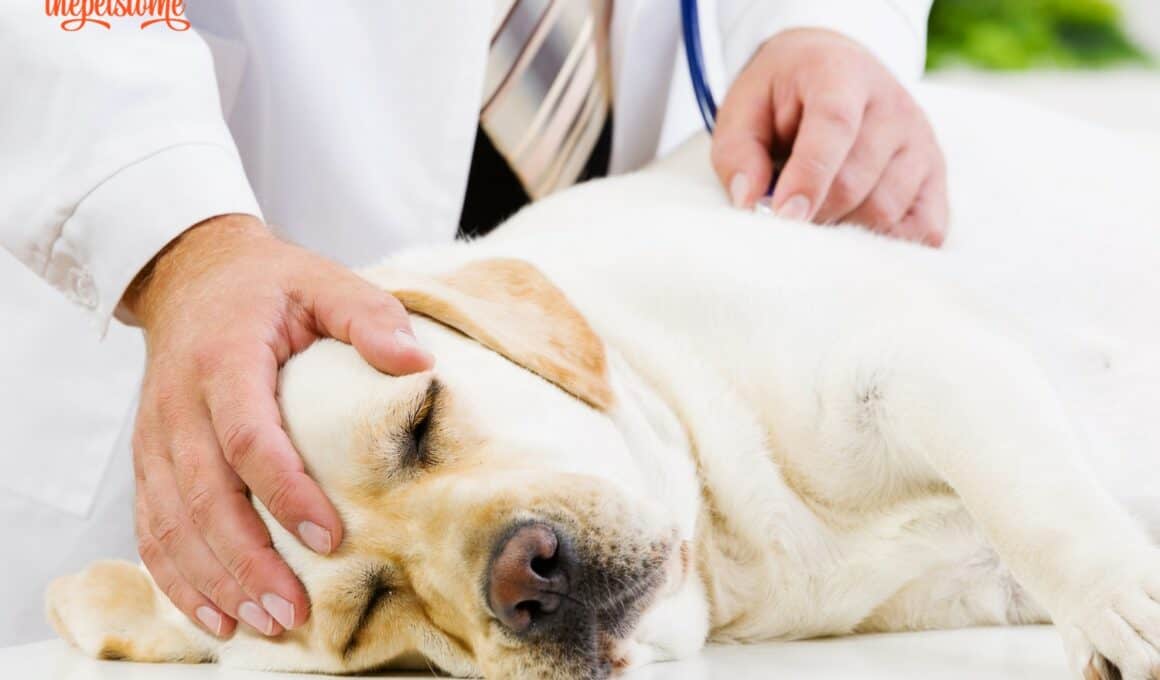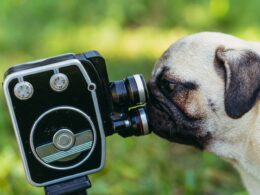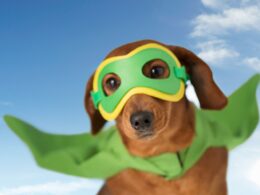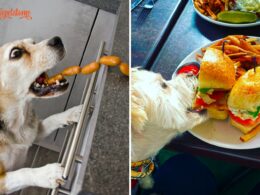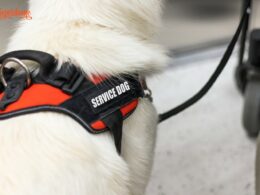Table of Contents Show
What is quicking the nails under anesthesia? Each of your dog’s nails, more accurately called claws, is made up of a hard outer shell composed chiefly of keratin, and an inner, living portion called the quick.
The quick contains a blood supply, as well as nerves. For this reason, when a quick is cut into or otherwise exposed, it will bleed. And, because nerves are also present, the dog will experience pain.
Where dogs have white or clear claws, you can typically see the quick on close examination with the naked eye; it is the pink park visible inside the claw and tends to extend about ½ to ⅔ of the way down the claw. Where dogs have dark or black nails, it is not possible to visualize the quick.
Under normal circumstances, we aim to trim only the tip of a dog’s nails, avoiding the sensitive quickly. This in turn avoids bleeding and pain for the patient.
‘Quicking’ of the nails refers to the practice of intentionally cutting a dog’s nails back so far that the quick is exposed. This is not common practice in veterinary medicine; in fact, when it does occur, it is usually done by accident!
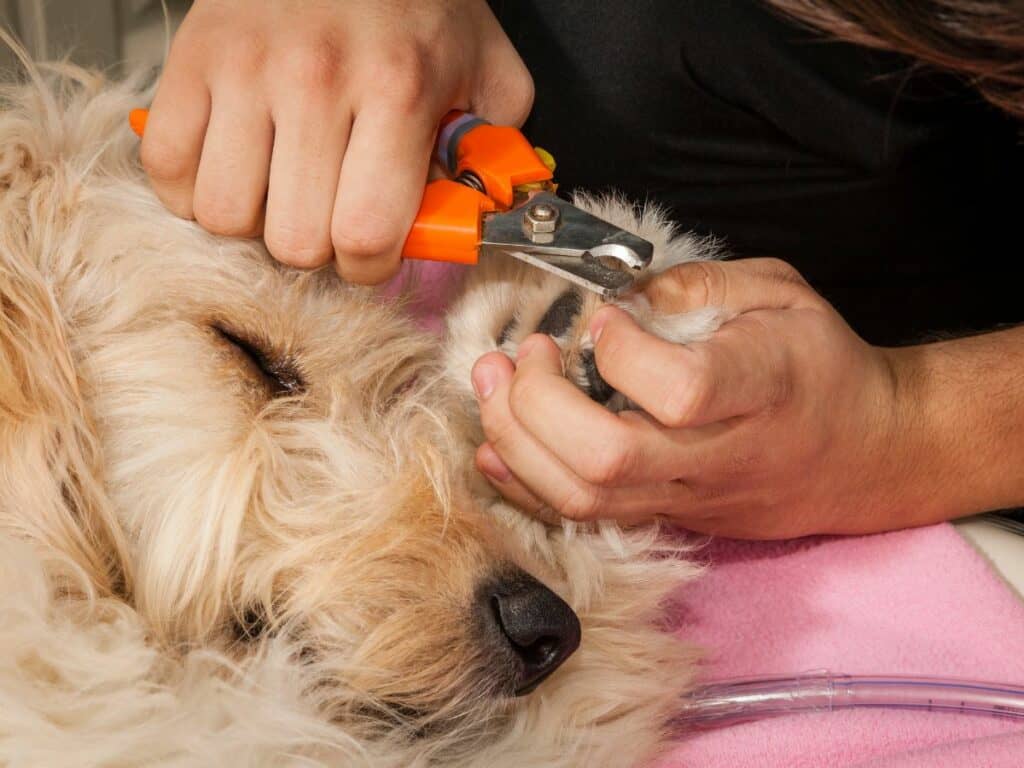
Why Is Quicking Carried Out?
Given the above, why would we intentionally cut the nails so far back that the quick is exposed? Well, the main situation where quicking might be undertaken is where a dog will absolutely not allow his or her nail to be cut.
Some dogs may become very aggressive when a nail clip is attempted, or have such a strong phobia of having their claws clipped that they become incredibly panicked. Indeed, some patients will thrash and howl, becoming inconsolable or even pass urine or feces out of sheer panic because they are so distressed at the mere sight of the clippers.
In these cases it is obviously not fair or acceptable to proceed with forcing the issue; nor is it even possible, as your pet needs to be reasonably still in order to allow a nail clip to be carried out. And where a dog is becoming aggressive when faced with clippers, a nail clip may not be safe for the humans involved!
Therefore, in these cases, nail clips will need to be carried out under sedation or anesthetic. And in this instance, to avoid having to sedate or anesthetize the patient very frequently (since nail clips don’t last forever), the vet and the owner may decide that the best course of action is to trim the nails very short, thereby increasing the length of time it will take for the nails to grow back.
In some cases, we wish to avoid frequent sedation due to the inevitable risks they present, or in some cases, the owner may inform us that finances are limited meaning frequent, costly sedation is not an option.
Of course, given the aforementioned anatomy of a claw, we cannot trim the nails very short without exposing them quickly. This is where the quicking of the nails under anesthesia comes into play.
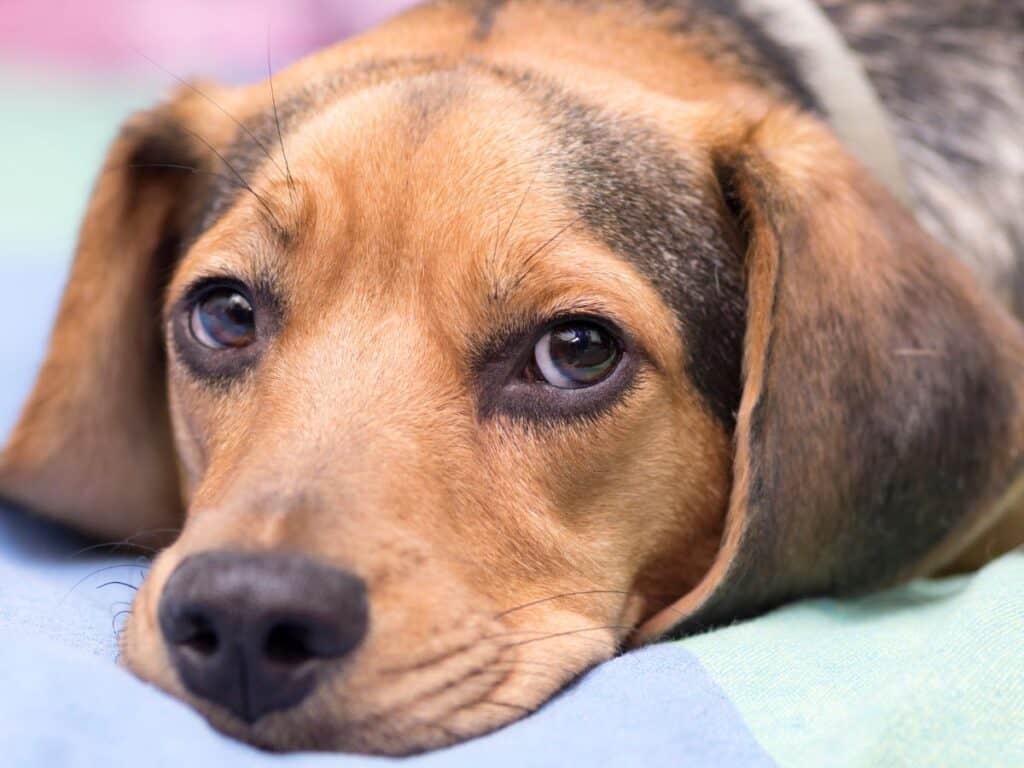
Why Is Quicking Carried Out Under Anesthesia?
Where the owner and vet have agreed that quicking of the nails is in the best interests of the dog, or in some instances the only viable financial option for the owner, quicking under anesthesia may be carried out.
The reason for the procedure being carried out under anesthetic rather than sedation is because of the degree of pain involved during the procedure. To understand this better, let’s briefly discuss the difference between the two;
With sedation, the patient is in a very calm, sleepy state. Their ability to react to stimuli is greatly reduced, and their perception of pain may be decreased because many commonly used sedative drugs also provide some degree of pain relief. However, they do still retain some awareness, including some awareness of pain.
In contrast to this, under general anesthetic, the dog is unconscious, and so will be completely unaware of everything that is occurring. They will not be able to experience pain; you can perform operations on an anesthetized animal (or person) without them being able to feel it.
So, because quicking the nails is painful, it is strongly recommended that this procedure be carried out under a full general anesthetic.
What Happens During The Procedure?
Your pet will have a full general anesthetic, and so will need to be starved for several hours prior to the procedure to help reduce any risk of regurgitating whilst ‘asleep’. Your vet will advise specifically at what time you should remove access to food and (in some cases) water.
The anesthetic will be carried out under the care of a vet and a registered veterinary nurse, technician, or anesthetist. Whilst your dog is under the anesthetic, sharp clippers will be used to trim back his or her claws so that they are very short.
They will bleed at this point, so a chemical cauterizing agent such as silver nitrate or potassium permanganate will be applied to the exposed quickly to cause it to stop bleeding.
The quicking procedure is very quick, usually taking less than fifteen minutes from start to finish.
Once all of the nails are short and any bleeding has been addressed, your pet will be woken up from the anesthetic. They will be kept under veterinary supervision at the clinic or hospital for a few hours post-procedure and then discharged home the same day.
What Should I Expect After The Procedure?
Your vet or registered nurse, or technician will explain all post-procedure instructions to you on discharge, but as a general rule, you should expect the following;
A slow pooch
Your dog will likely feel sleepy, wobbly, and maybe even slightly confused for several hours after discharge. This is normal after a general anesthetic. Ensure your pet has a comfortable, safe place to sleep things off, and that they are not left without supervision. Do not offer food or water until they can walk normally without wobbling or swaying.
Get the pain relief
Your vet should prescribe pain relief for your dog to take at home for a few days after the procedure. This is very important because there will still be some pain and discomfort for a few days following quacking.
If your dog experiences any side effects of the pain medication (such as vomiting or diarrhea) be sure to contact your vet for an alternative rather than simply stopping the medication; after all, it’s been prescribed for a reason!
Antibiotics for risk of Infection
Your vet may prescribe antibiotics to prevent infection of the quicks. Because the blood supply within the nails was exposed during the procedure, there is a risk of infection.
For this reason, your veterinary surgeon may deem it necessary to prescribe an antibiotic medication to prevent any infection from developing. This is not always necessary and will be decided by the vet on a case-by-case basis.
Is There An Alternative To Quicking My Dogs Nails Under Anesthesia?
Where it is possible to do so, it is always preferable to pursue one of the following alternatives rather than quicking your dog’s nails under anesthetic.
- Try to keep your dog’s nails short naturally, by taking them for regular walks on pavements. Be aware that walking on grass, earth or sand will not help the nails file down.
- And always speak to your vet before significantly increasing your dog’s exercise level, especially if your pet is middle-aged or geriatric. Long walks may not be suitable for patients with arthritis or heart disease, for example.
- Work with a qualified, accredited canine behaviorist to reduce your pet’s phobia of nail clips. Desensitizing training, in particular, can be very helpful.
- Consider whether less extreme nail clips under sedation are an option. If financially and practically possible, consider having less severe nail clips carried out (avoid the quick) on a more frequent basis. Because this will avoid the quick and so should not be painful, it can be carried out under sedation rather than an anesthetic.
Conclusion
Quicking dog nails or claws under anesthesia is a normal and safe practice or procedure that your dog’s claws are trimmed properly to minimize discomfort.
Although there are some risks associated with using anesthesia on dogs, these risks are mitigated by ensuring that the procedure is performed by professional and well-trained personnel in a sterile and safe environment.
And by knowing what to expect before, during, and after the procedure, you make certain that your dog receives the best possible love, care, and attention and emerges from this procedure with healthy, well-trimmed nails.

